- Joined
- 19 July 2016
- Messages
- 3,725
- Reaction score
- 2,685
Thank you, Sir. Much appreciated.Assembled as requested.
Thank you, Sir. Much appreciated.Assembled as requested.
Cool! Though off the top of my small head I'm pretty sure B-70 was canceled and turned into a research only program years earlier to 64, late 61 I think.By 1964 the Soviets already possessed small nuclear warheads capable of extending the kill ratio of the SA-2 to 19,680 ft and the ceiling to 80,000 ft.
The Valkyrie program suffered numerous delays due to inexperience with the new heat-resistant materials, as well as political and budgetary reasons. When the prototype XB-70 AV-1 was flown on September 21, 1964 the Soviet air defense system was already so consolidated that the WS110A specification was meaningless and the B-70 was cancelled by the Kennedy Administration.
In August 1958, the North American project office submitted the proposal Defensive Antimissile System (DAMS) using air-to-air missiles launched by the Valkyrie.
The Defense Feasibility Study was completed in March 1959 and published by the Air Proving Ground Center-Eglin AFB the same month the U-2 incident occurred.
In 1948 the first experimental AAM-A-2 air-to-air missile was launched and entered in service with the USAF in 1955 as the Hughes AIM-4 Falcon.
The original purpose of the Falcon was a Mach 3.8 self-defense weapon for the B-52 bomber and was shortly revived during the B-70 development. The rail-launched missile was not a particularly maneuverable and needed to be pointed in the right direction of the target.
Due to the B-70 speed the Falcon could just be used against any threat coming from its forward hemisphere, but the Valkyrie would have to defend itself against threats from all direction with spherical coverage.
The Falcon was a cylindrical rocket with four delta wings. Would it have been thrown sideways from a B-70 flying to Mach 3 it would have been destroyed by the crosswind shock waves.
North American proposed the Weapons System WS-740A, a wingless lenticular-form rocket with omnidirectional launch capabilities, capable of engaging incoming missiles at relative speeds of Mach 10 and being able to survive and maneuver at 250g accelerations.
The project was awarded to the Convair Division of General Dynamics Corporation, under the codename Pye Wacket, in June 1959.
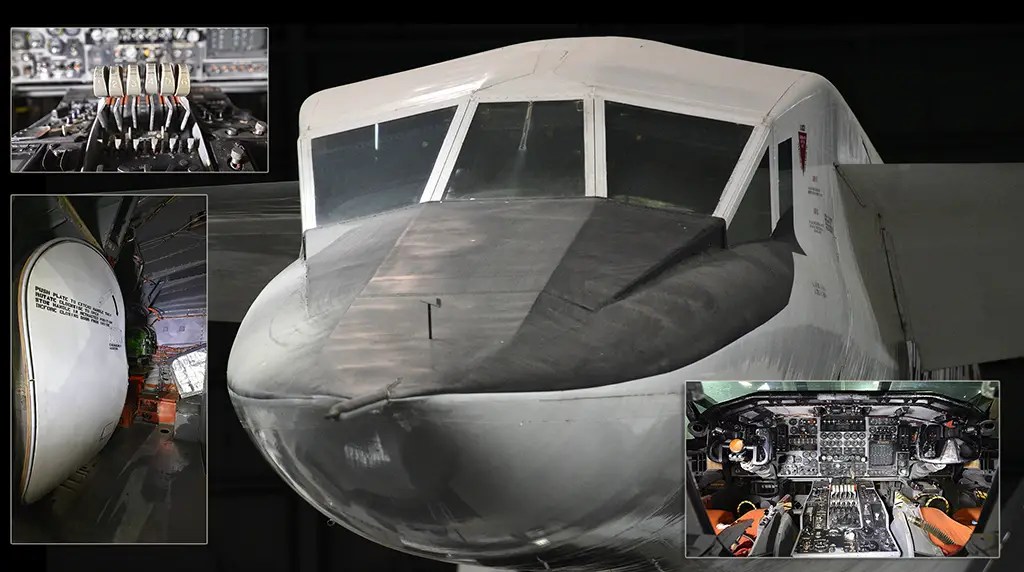
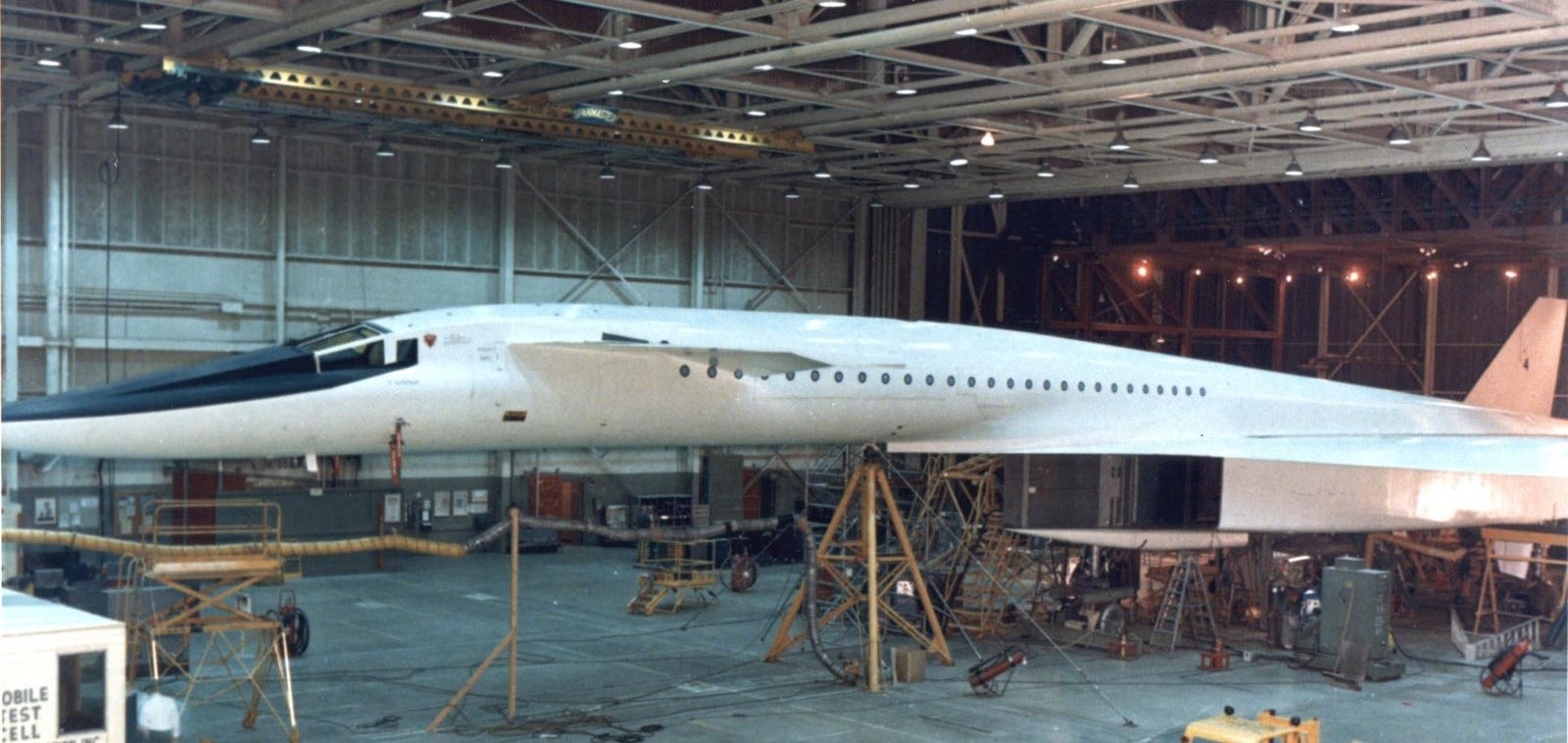
 www.forbes.com
www.forbes.com
That may need to be looked at again for the XB-70 lookalike Quarterhorse or Starship…North American proposed the Weapons System WS-740A, a wingless lenticular-form rocket with omnidirectional launch capabilities, capable of engaging incoming missiles at relative speeds of Mach 10 and being able to survive and maneuver at 250g accelerations.
What is that Humvee like jeep thing on the right side of the picture?
It's a tow tractor. Looks kinda like a Paymover T300 Push Tractor, but I don't think that's quite it. Probably a related model.What is that Humvee like jeep thing on the right side of the picture?
Clearly not a Humvee, but I have no idea what it is..
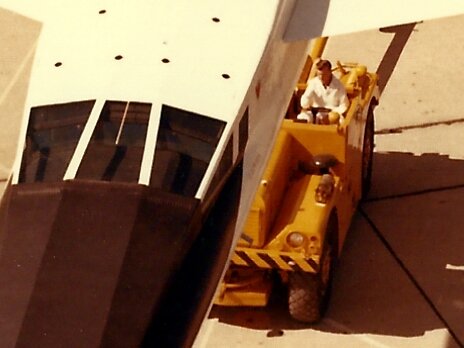
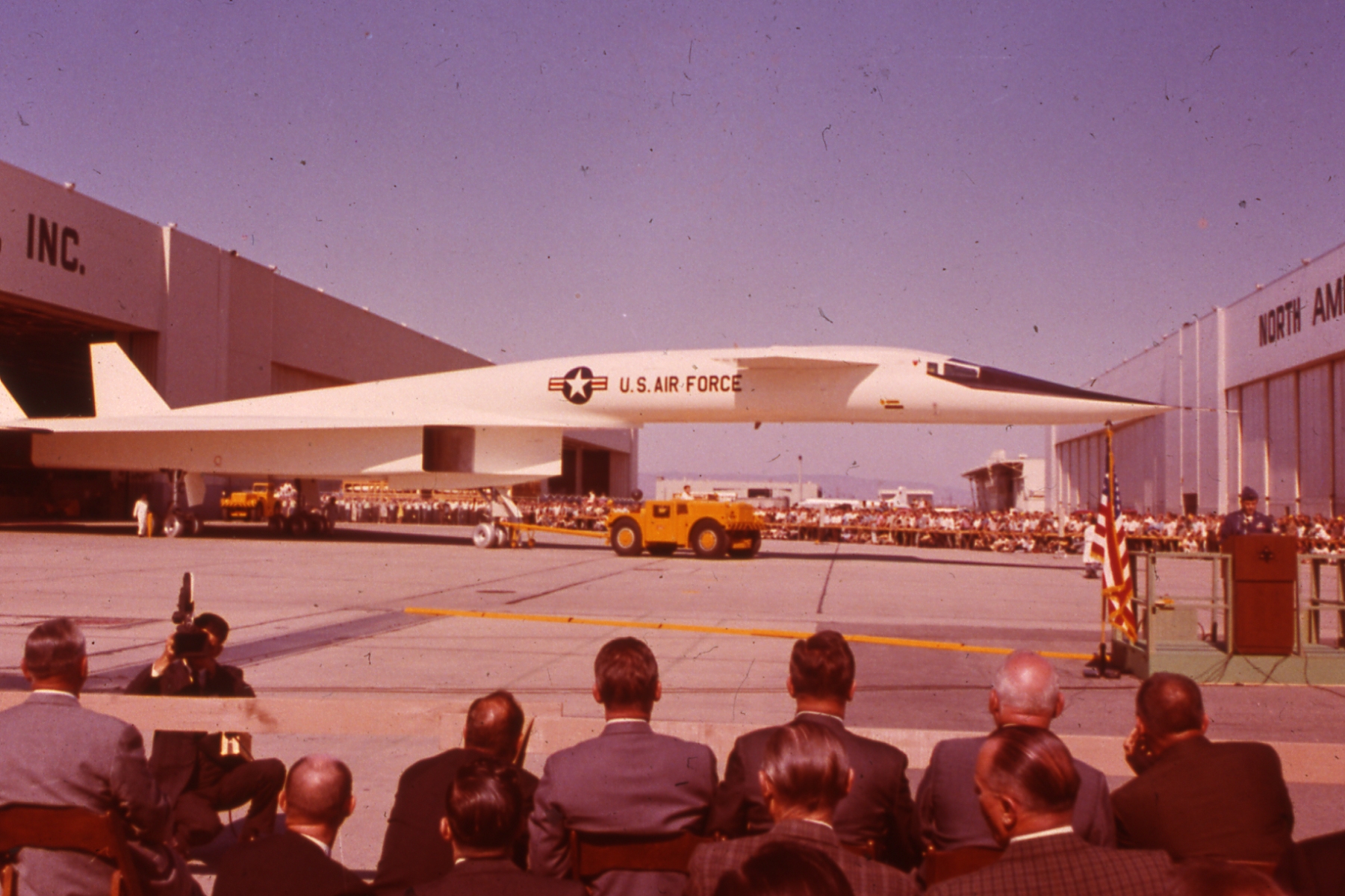
MB-2 is the Air Force's nomenclature for a tow tug of a certain size and towing capacity. So each manufacturer using that name is offering a tug that meets the MB-2 requirements.Appears to be the CONDEC MB-2 (a lot of tug-tow manufacturers called one of their vehicles the "MB-2" for some reason):
That answers that. But it makes it difficult to research specific designs. Feh.MB-2 is the Air Force's nomenclature for a tow tug of a certain size and towing capacity. So each manufacturer using that name is offering a tug that meets the MB-2 requirements.Appears to be the CONDEC MB-2 (a lot of tug-tow manufacturers called one of their vehicles the "MB-2" for some reason):
That answers that. But it makes it difficult to research specific designs. Feh.
That answers that. But it makes it difficult to research specific designs. Feh.
American Secret Projects 17: Tow Tugs and Bomb Lifts.


The defensive system was to consist of a Central Intelligence Control (CIC) that included a computer and various displays and controls, an electronic countermeasures section, thermal surveillance and countermeasures, and chaff countermeasures.
The CIC was an advanced concept for the time and was intended to integrate all the “electromagnetic radiating systems” on the aircraft to prevent mutual interference in addition to controlling expendable countermeasures and queuing active defenses. This has long been the utopia for ECM designers, and has largely remained elusive even on the B-1B in 2004. The CIC would also prioritize the threats and record all electromagnetic activity. Frequency surveillance equipment would detect when the aircraft was being illuminated, then locate and categorize the specific threat. The thermal surveillance equipment would perform the same function for heat-emitting sources. Infrared sensors would indicate the “intensity, azimuth, elevation, intensity rate of change, and angular rate of change” of the approaching threat.
The ECM equipment would be capable of noise jamming, deception jamming 30 threat radars operating simultaneously, and trackbreaking 10 radars simultaneously. The system covered virtually all radars operating in the 50- to 16,000-megacycle (megahertz) spectrum. Although both the Air Force and North American anticipated that the aircraft would eventually carry some sort of active defense system (i.e., missiles), none were specified in the contract, and none were listed in the contractor report.
Independently, the Air Force had contracted with Sperry for the AN/ALQ-27 Defensive Subsystem for installation in later B-52 models. Given the lack of progress on the Lockheed PS-1, the Air Force asked North American to investigate using the ALQ-27 on the B-70. However, the physical and operating environmental differences between the B-52 and the B-70 were so great that it appeared unlikely that one system could be used on both. On 21 May 1958, the B-70 Program Office notified the Pentagon that very little of the B-52 defensive subsystem “beyond basic circuits, some specialized electronic tubes, and basic contractor know-how” could be profitably applied to the B-70.
At the same time, the B-70 Program Office advised North American to “draw from present technical development programs such as the ALQ-27” in defining the B-70 defensive subsystem. North American produced a detailed specification for the B-70 defensive system and issued a request for proposals to industry. This progress notwithstanding, in April 1959 the B-52 and B-70 program offices agreed to the “use of ALQ-27 information and hardware” for the B-70 program.”
Despite the situation with the ALQ-27, North American spent much of 1958 evaluating the proposals from the companies for the B-70 defensive system. On 7 January 1959 North American decided that the Westinghouse Air Arm Division offered the best hope of developing the system primarily based on their “advanced engineering concept” and a subcontract (L961-GX-600124) was finalized on 6 April 1959. Both Westinghouse and North American realized that the giant leap required for the B-70 defensive system would require a combination of techniques beyond the capability of any single contractor, and it was intended to use the “countermeasures industry to the fullest extent” possible. Nevertheless, the Air Force insisted that Westinghouse list all of their second-tier subcontractors so that the government could ensure that “maximum possible use of existing technical knowledge” was made. A detailed survey was completed in November 1959 to aid in the selection of lower tier suppliers.
Development had not progressed very far when the Air Force decided to limit the B-70 program to a single air vehicle on 1 December 1959. Given that this aircraft was not scheduled to carry any offensive or defensive systems, the Westinghouse subcontract was cancelled on 3 December for the convenience of the government.
After the program picked up again during august 1960, Westinghouse was issued a new subcontract (L1E1-YZ-600320) on 29 October 1960 to “conduct analytical, design, test, and other necessary studies.” One of these included another complete evaluation of the ALQ-27 and its applicability to the YB-70. Unfortunately - as had been discovered earlier - the basic technique employed in the ALQ-27 relied on the use of specific traveling wave tubes that could not be applied to the B-70 airframe configuration, necessitating a major redesign of the ECM system. The study was completed on 16 January 1961 and the modifications were beginning to be developed when the effort was cancelled on 31 March. Unlike the IBM bomb-nav system, which continued as part of a low-level development program, the Westinghouse ECM system was cancelled outright. The defensive system operator planned to be carried by the third B-70 air vehicle would have nothing to do.
Yes the XF-103 and F-108 content is an unexpected bonusExcellent book with additional content on the XF-103 and the F-108.
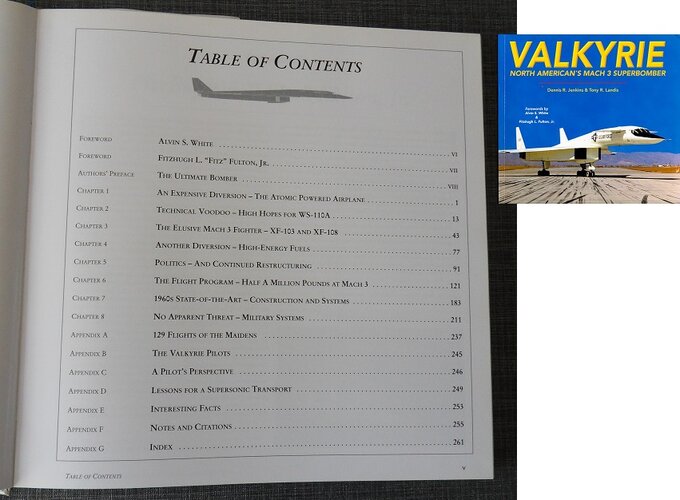
Some of it is just enough to be a tease. He mentions the designation of the original solid motor, that was supposed to drive AIM-47 to Mach 6, but not what was so special about it that it would be able to do that vs the motor it ended up with.Yes the XF-103 and F-108 content is an unexpected bonusExcellent book with additional content on the XF-103 and the F-108.
Sure. It has absolutely nothing to do with what you were replying to but it is true.Well, it's true.
That "cargo pod" idea certainly lends gravitas to my wish for the XB-70 as a launcher for an improved 2-seat X-15 to actually reach low-earth orbit.Hi,

Futures Past: Passenger Version Of U.S. Supersonic Bomber Could Have Beaten Concorde
A new report reveals plans for variants of the canceled Mach 3 B-70 Valkyrie: passenger aircraft, cargo transports and launch aircraft for sending payloads into space. It is an intriguing glimpse into a history that could have been.www.forbes.com
It looks definitely like some unknown version of the B-58 Hustler rather than anything closer to the actual B-70...From Interavia 1959,
here is a speculative artist drawing to XB-70,should been,just Wow.
